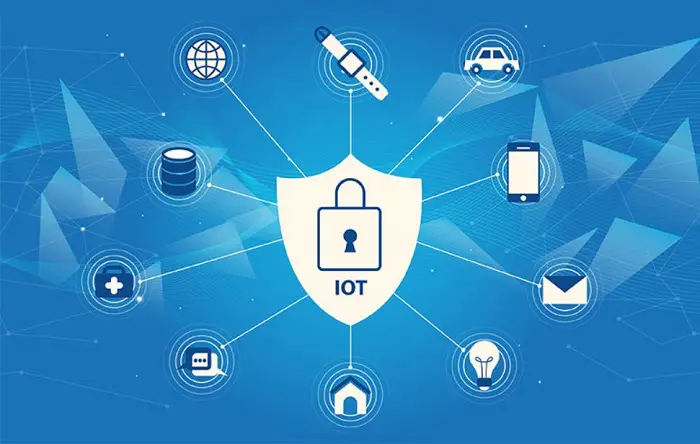Data Security in the IoT and AI Era
The burgeoning realm of interconnected devices, the Internet of Things (IoT), and the rise of artificial intelligence (AI) are revolutionizing how we live and work. However, this newfound connectivity presents a double-edged sword for data security. While these technologies unlock a treasure trove of opportunities, they also introduce novel security challenges that organizations must navigate to safeguard sensitive information from data breaches.
One of the primary concerns surrounding IoT security lies in the sheer proliferation of connected devices. From smart home appliances to industrial sensors, these devices often possess limited processing power and rudimentary security features. This makes them vulnerable to hacking attempts, potentially exposing sensitive data or even disrupting critical infrastructure.
Furthermore, the vast heterogeneity of IoT devices creates a complex security landscape. Unlike traditional IT systems with standardized protocols, the diverse nature of IoT devices makes implementing uniform security measures a challenge. This creates chinks in the armor that malicious actors can exploit to gain unauthorized access to networks.
AI, too, presents its own set of data security risks. As AI algorithms learn and evolve, they rely on vast amounts of data. This data often contains sensitive information, and ensuring its security throughout the AI lifecycle – from collection and storage to processing and analysis – is paramount. Additionally, AI models themselves can become targets for manipulation by attackers seeking to disrupt operations or steal valuable data.
The intertwined nature of IoT and AI further complicates the data security landscape. When these technologies converge, the potential attack surface expands exponentially. For instance, an AI system analyzing data collected from unsecured IoT devices could become a single point of failure, jeopardizing the security of the entire system.
To effectively address these challenges, organizations must adopt a multi-pronged approach. Implementing robust security measures throughout the entire IoT and AI ecosystem is crucial. This includes using strong encryption techniques, regularly patching software vulnerabilities, and keeping devices up-to-date with the latest security firmware.
Security awareness training for employees plays a vital role as well. Educating staff on best practices for handling sensitive data and identifying potential cyber threats can significantly bolster an organization's defenses.
The future of data security in the age of IoT and AI hinges on continuous innovation. Research and development into novel security solutions specifically tailored to these emerging technologies are essential. Additionally, fostering collaboration between industry leaders, security experts, and policymakers is critical for establishing robust frameworks and regulations to govern data collection, storage, and usage in this evolving digital landscape.
By proactively addressing the data security challenges posed by IoT and AI, organizations can harness the immense potential of these technologies while safeguarding sensitive information and ensuring a secure and trustworthy connected future.


Join the conversation